Richard Gawler
Western Thunderer
Points taken, and I have learnt a bit more about fireboxes.
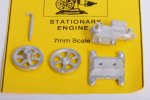
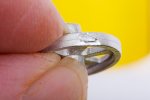
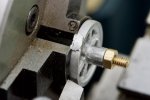
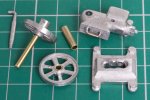
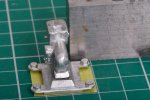
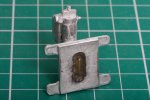
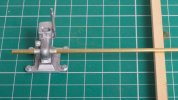
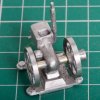
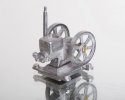

I think I have made more posts than I have really needed (like the roof of the coach) so here is the build of one kit all in one post . . .

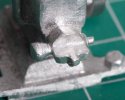
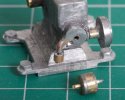

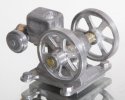
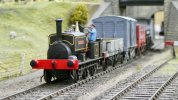
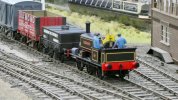
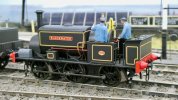
You can never have too many posts Richard, when they're full of top notch modelling, clearly photographed: lovely stuff!Well, I tried


Hi RichardThe upshot of this is, as soon as the private saloon leaves the railway on its travels to distant places, I cannot run any passenger trains because I won't have a brake vehicle for them.


Hmmmm I think the MSLR did something similar I would check formation shots from the early days for inspirationHi Richard
No problem. Run the train as mixed. Coach behind the loco, then the goods wagons/vans then a brake van at the end,
regards
Allen
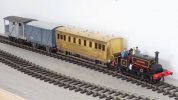

I wonder if I could have a lift-out traverser deck and a second identical deck. This would be awkward at a show (nowhere to put the second deck) but it might work at home. If the locos are in their headshunts, the weight of ten wagons on the deck would be just over a kilogram, very manageable as long as there are gates to constrain them.Your logic is sound Richard! The lift out cassette sounds like a pragmatic approach to having flexibility
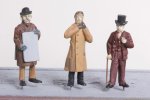
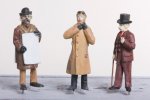
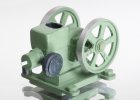
I suppose it's the difference between photo realistic painting and impressionist painting both have a place but are just different approaches.I bought a couple of military modeller type painting-and-weathering books, it’s all very impressive, but I get the impression it can all get a bit caricature-ish, theatrical even, if you’re not careful.
Needless to say, I’m not going to give examples of the wonderful work I’ve done having read the books…
